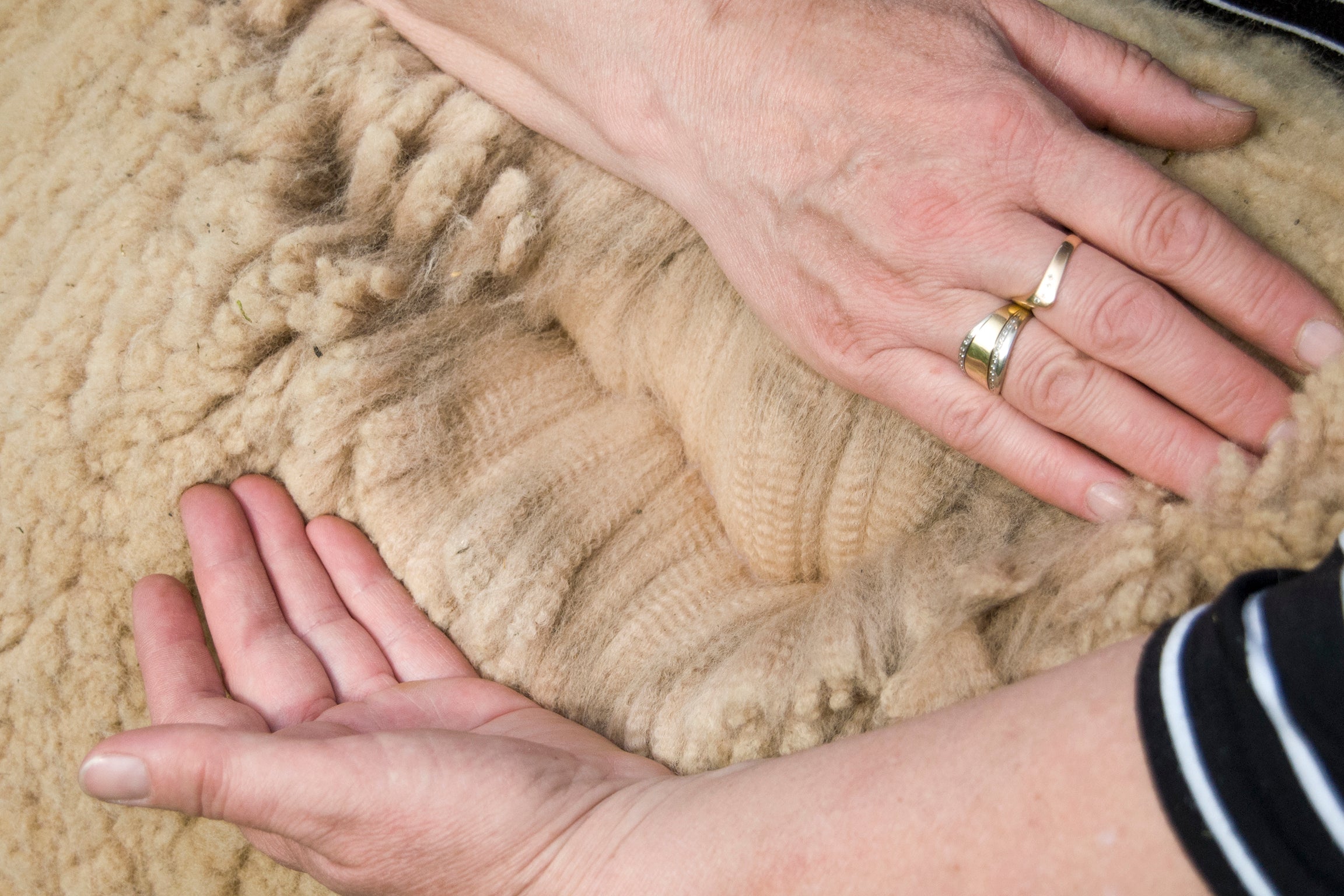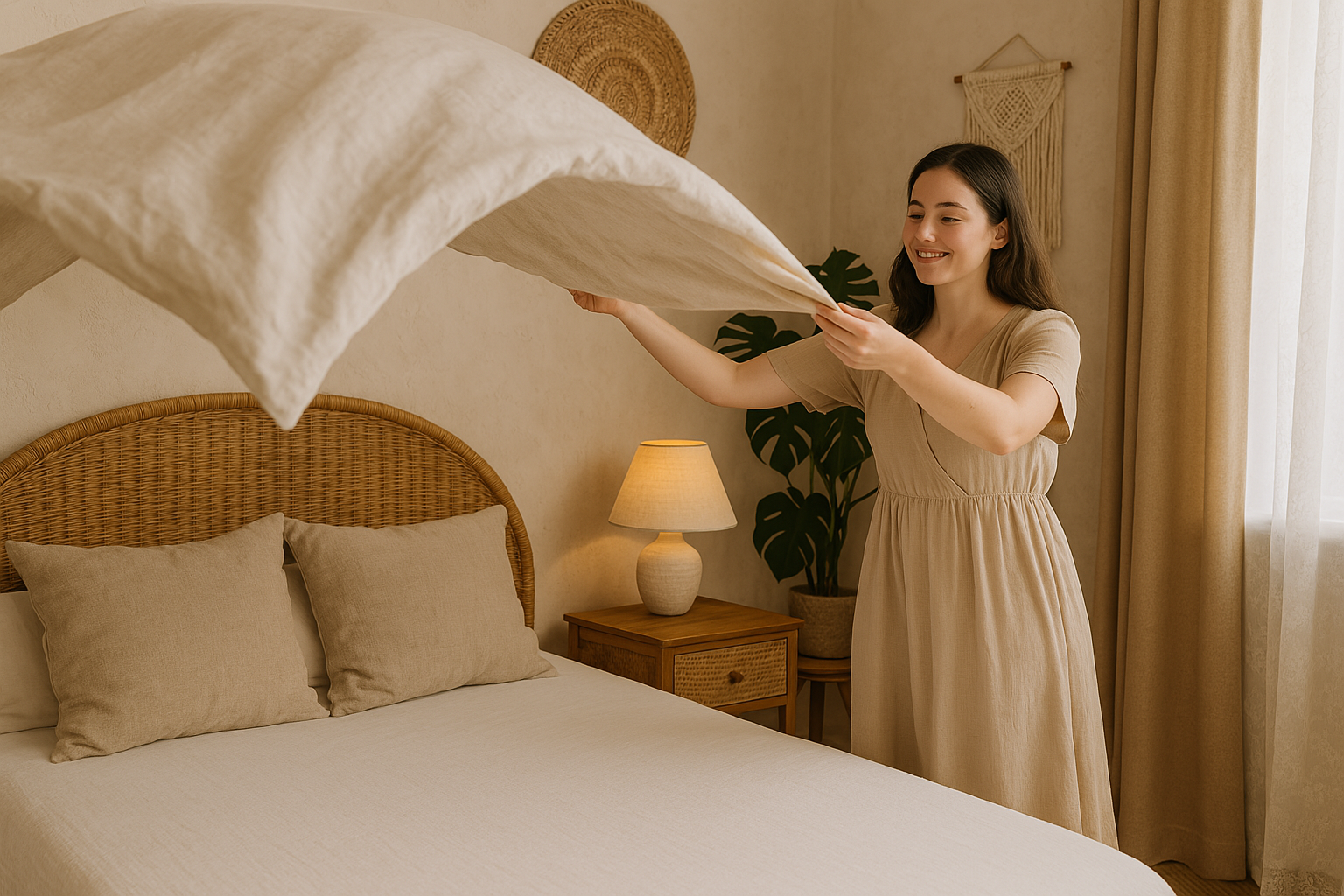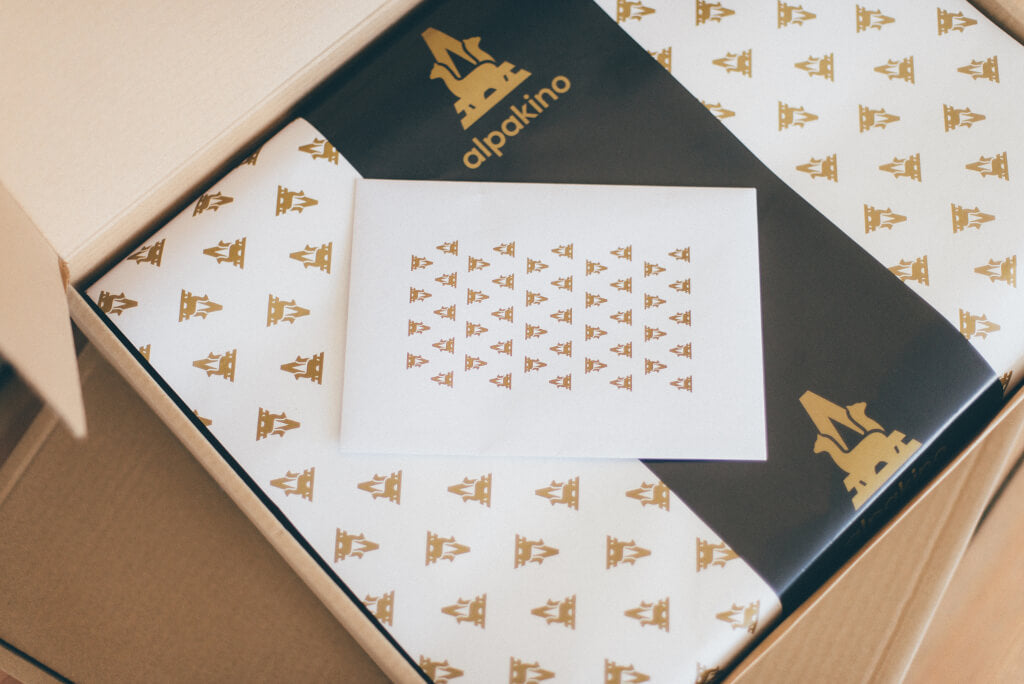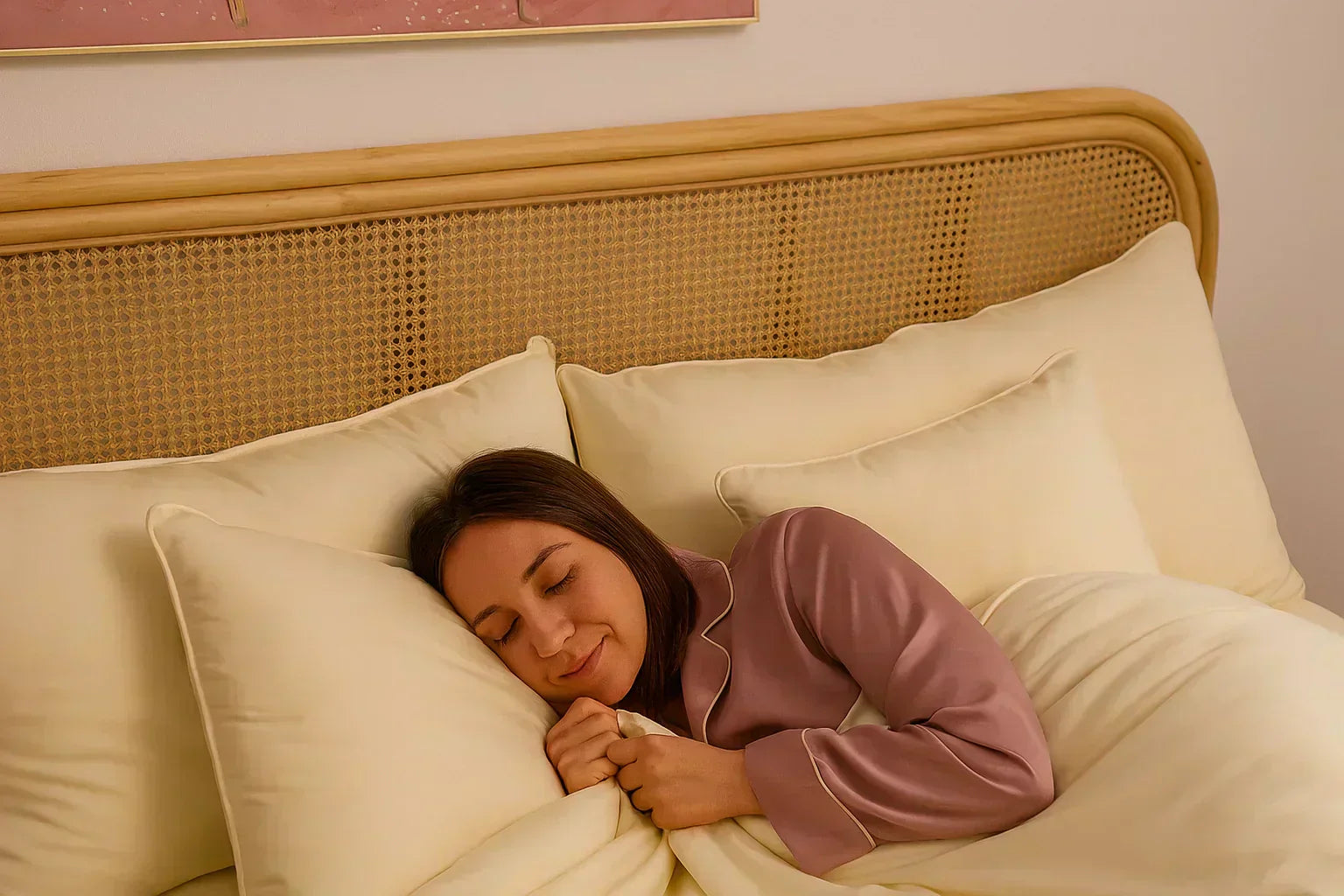VIRGIN WOOL AND ALPACA WOOL – WHAT IS IT AND HOW DO THEY DIFFER?

You might sometimes see the term "virgin wool" on premium product labels, but what does it actually mean? Does this term also apply to alpaca wool ? In this article, we explain what virgin wool is, what it means in practice, and how it relates to alpaca wool.
What is virgin wool?
Virgin wool is simply wool from the first shearing of a lamb, i.e., a young sheep. This fiber has not been previously used, processed, or recycled. It is raw, freshly sheared lamb fiber that goes directly into the production of fabrics or knitwear. This material is valued for its quality and durability.
The characteristics of virgin wool fiber are:
- softness and elasticity,
- durability,
- does not contain any processed or recycled fibers,
- excellent heat retention,
- regulates humidity well.
Virgin wool is used to produce high-quality clothing that is more wrinkle-resistant and requires less frequent washing. Virgin wool fibers are softer and lighter than regular wool, which also indicates its higher quality.
Can alpaca wool be called virgin wool?
Alpaca wool may come from the first shearing of a young alpaca, known as a cira. However, the term "virgin wool" should not be used to refer to alpaca wool. This is due to industry terminology – the term is primarily reserved for sheep's wool. Terms other than "virgin wool" are used to emphasize the quality and origin of alpaca fiber.
The most common terms for alpaca wool:
Baby alpaca
This is one of the most common terms for the highest quality alpaca wool. Importantly, "baby" doesn't denote the animal's age, but rather the fiber diameter – baby alpaca is typically up to 22.5 microns thick, making it incredibly soft and pleasant to the touch, ideal for making wool hats , headbands, scarves, and other accessories that come into direct contact with the skin. It often comes from the first shearing. In summary, the term "baby alpaca" is a quality classification , not a specific age of the animal or simply a "first shearing." Therefore, it can also come from adult alpacas if their fiber falls within this fineness class, i.e., below 22.5 microns. In the alpaca quality hierarchy, baby alpaca ranks below royal alpaca , which has even finer fiber – usually below 19 microns.
 Royal alpaca fiber sample - 15.4 microns
Royal alpaca fiber sample - 15.4 microns
First clip
First clip refers to fibers obtained from the first shearing of alpacas. They are exceptionally delicate, usually the lightest, and silky to the touch, making them highly sought after by producers of exclusive fabrics and knitwear.
Pure alpaca / 100% alpaca
Pure alpaca, or 100% alpaca, means that the product contains only alpaca fiber, with no other fibers, synthetic or natural. This is important information for those seeking purity and natural materials.

100% alpaca fleece just after shearing
Why do markings matter so much?
Using the term "virgin wool" for alpaca fiber can be misleading; the differences between virgin wool and alpaca fibers are quite significant, so it's worth understanding them. Accurately defining the fiber types helps avoid misunderstandings. Alpaca fiber (e.g., baby alpaca) is as qualitatively comparable to virgin wool fibers and often surpasses them in softness, lightness, and thermal comfort. When making a choice, it's worth considering the fiber's source, as the breeding and harvesting conditions also play a role. It's important to choose products from reliable sources.
Which fiber is better: virgin wool or alpaca fiber?
Virgin wool is not a term that should be used for products made from alpaca wool; the raw material obtained from alpacas has its own terms for high-quality fibers that have even better properties than virgin wool fibers.
Alpaca products at alpakino are ethical and clearly labeled with the fibers they're made from. Whether you're looking for "baby alpaca," "first clip," or simply 100% pure alpaca, you can be sure you're buying the highest quality products made from fibers sourced from happy alpacas.



